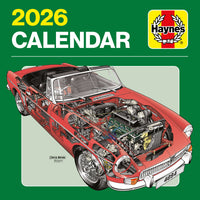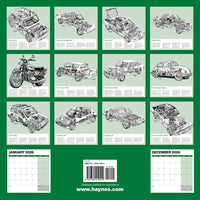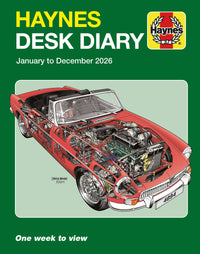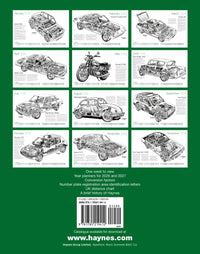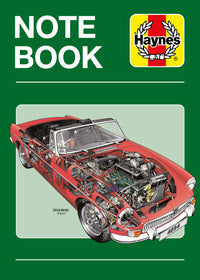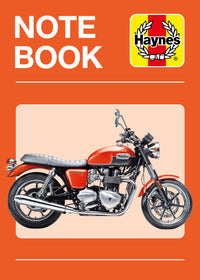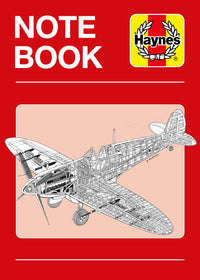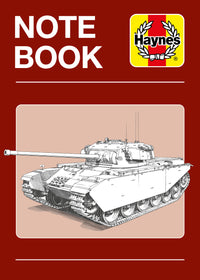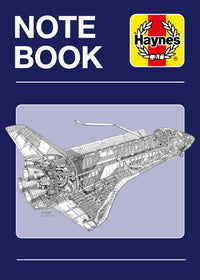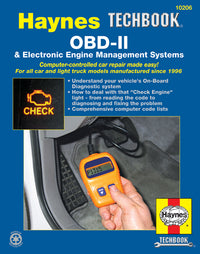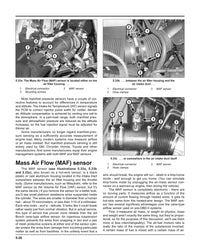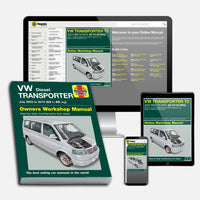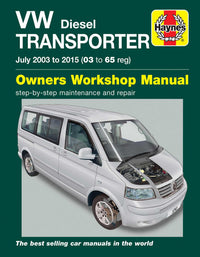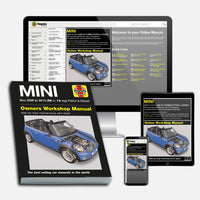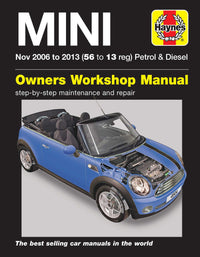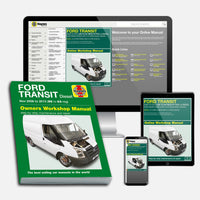The Panzer III became a symbol of German success in the early war years, but its development and production was far from simple. Germany had to build up the skills and capacity for tank production in a country that had been banned from producing tanks by the Versailles Peace Treaty and whose automobile industry lagged far behind in scale when compared to Britain and France.
The appearance of the very first Panzer III in 1937 marked a turning point for the newly formed Panzerwaffe, the German armoured force. At last they had a genuine battle tank, designed and built in Germany, and one which would provide excellent service for the time remaining to the Third Reich.
During the First World War the Germans had been both strategically and tactically surprised by the appearance of British tanks on the Somme in September 1916, and had never managed to catch up.
Although they were able to field their own design of tank in 1918, the ungainly A7V, they never came close to competing with the Allies and the best tanks that they operated were those captured from their enemies.
This left a lasting impression on many of the officers involved, and, having seen the potential of this new weapon of war, they were determined to exploit it in the future.
In order to understand how the Panzer III came about and why it took the form that it did, we must first examine the context in which it was built; we will start with the Armistice that brought the First World War to an end.
Crucially, we must acknowledge from the outset that the roots of German rearmament and the creation of the German tank arm pre-dated the rise of Hitler by a number of years.
It is probably fair to say that most laymen believe that German tank design and production started with Hitler and the Panzer I, and do not realise just how much work on developing tanks had been done before he came to power, and which laid the groundwork for the legends that still surround them.

Had German tank development only started after Hitler came to power, we can be quite certain that the Panzerwaffe would not have turned out the way it did.
Despite this, we must also turn our attention to how rearmament occurred in Germany under Hitler, focusing on the decisions that affected the plans to produce a tank-centric army, and explain how the desires of the panzer generals were often thwarted by interference from the politicians.
Most importantly, we should consider how the Panzer III developed over its lifetime and whether or not it should go down in history as a success. Central to our Haynes Panzer III Owners’ Workshop Manual, written by Dick Taylor, is the beautifully restored Panzer III Ausf L which is part of the collection at the Tank Museum, Bovington. The tank was built by MAN in Nürnberg in June 1942, bearing the Fahrgestell number 74375.
It was shipped to Benghazi via Naples on 18 July on the SS Lerica. By the end of July it had been issued to the 7th Light Company of Pz Regt 8 in 15th Pz Div. It served at the Battle of Alam el Halfa a month later where it was captured in good condition.
Because it was a new model with the long 50mm gun, it was shipped back to the School of Tank Technology in Chertsey for detailed examination and was eventually presented to the Tank Museum in 1951.
It required extensive and expert restoration to return it to the superb condition that it is in today, and the story of that restoration project, as told in our Manual by the workshop manager Mike Hayton, allows us to look into the design of the tank at a level of detail that plans and period photographs cannot compete with.
Below you can scroll through some of the sample pages from the book.
A car’s traction control system uses the same sensors used for the ABS, but instead of working to limit wheel slip when applying the brakes, traction control stops the wheels from skidding when you’re accelerating.
The traction control (also known as anti-skid and TCS) sensors work by measuring the rotational speed of the driven wheels.
On some cars that’s two (front or rear) but on others (SUVs) it’s all four wheels. If the sensors detect that one or more wheels is spinning faster than the others, they send a signal to the car’s ECU to do one of two things: cut engine power or apply the brakes to the affected wheel.
At the same time you may notice a flickering light on the dashboard, which shows the traction control is operating. The aim is to reduce tire slippage and increase traction, for example on muddy or leafy surfaces.

